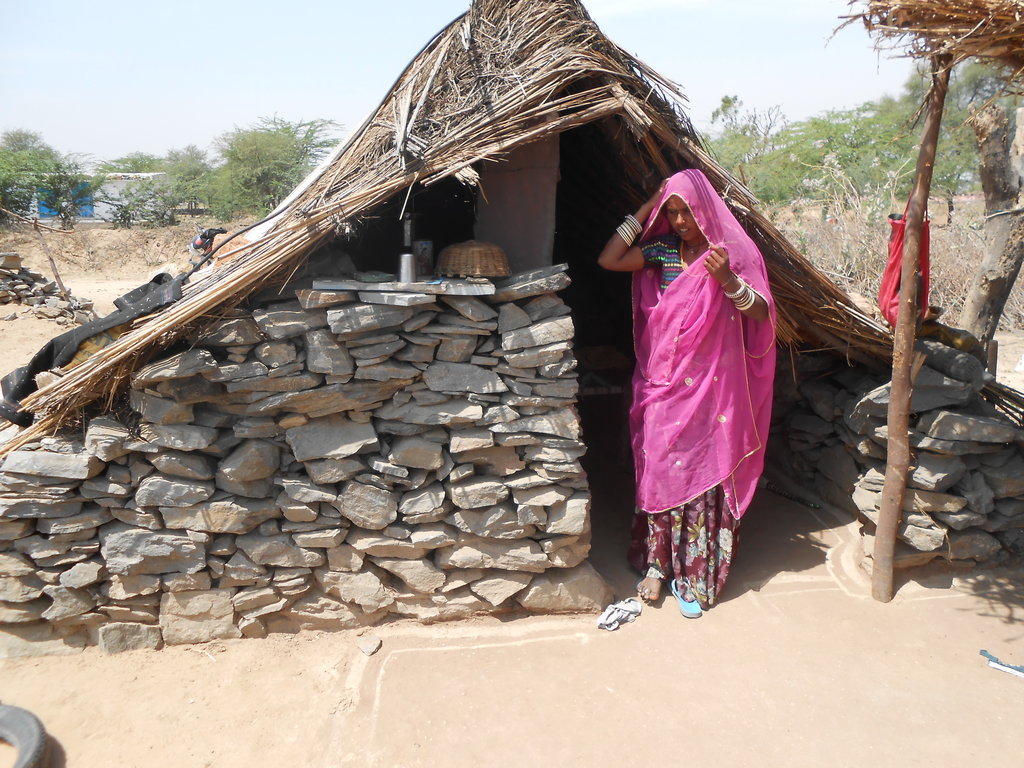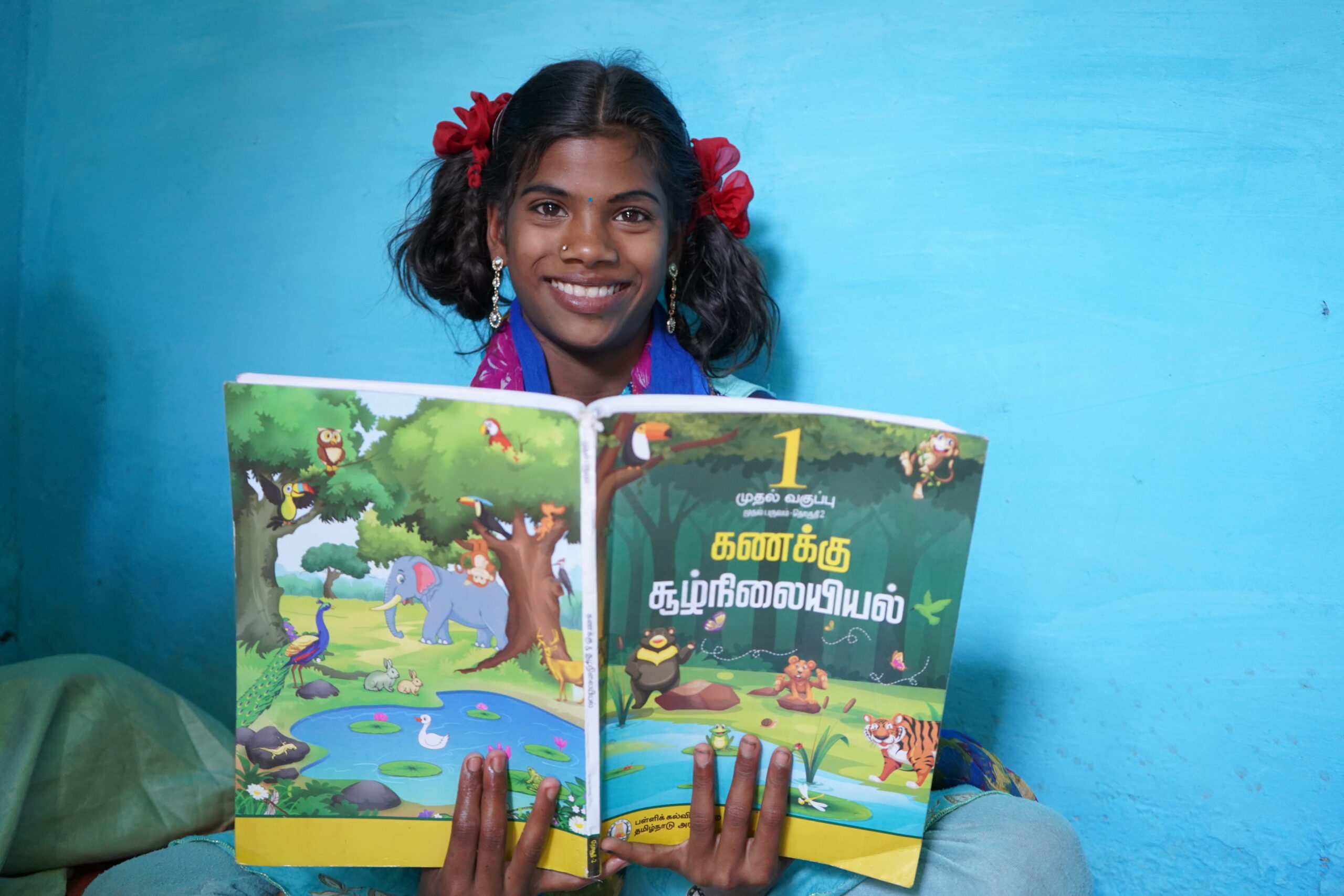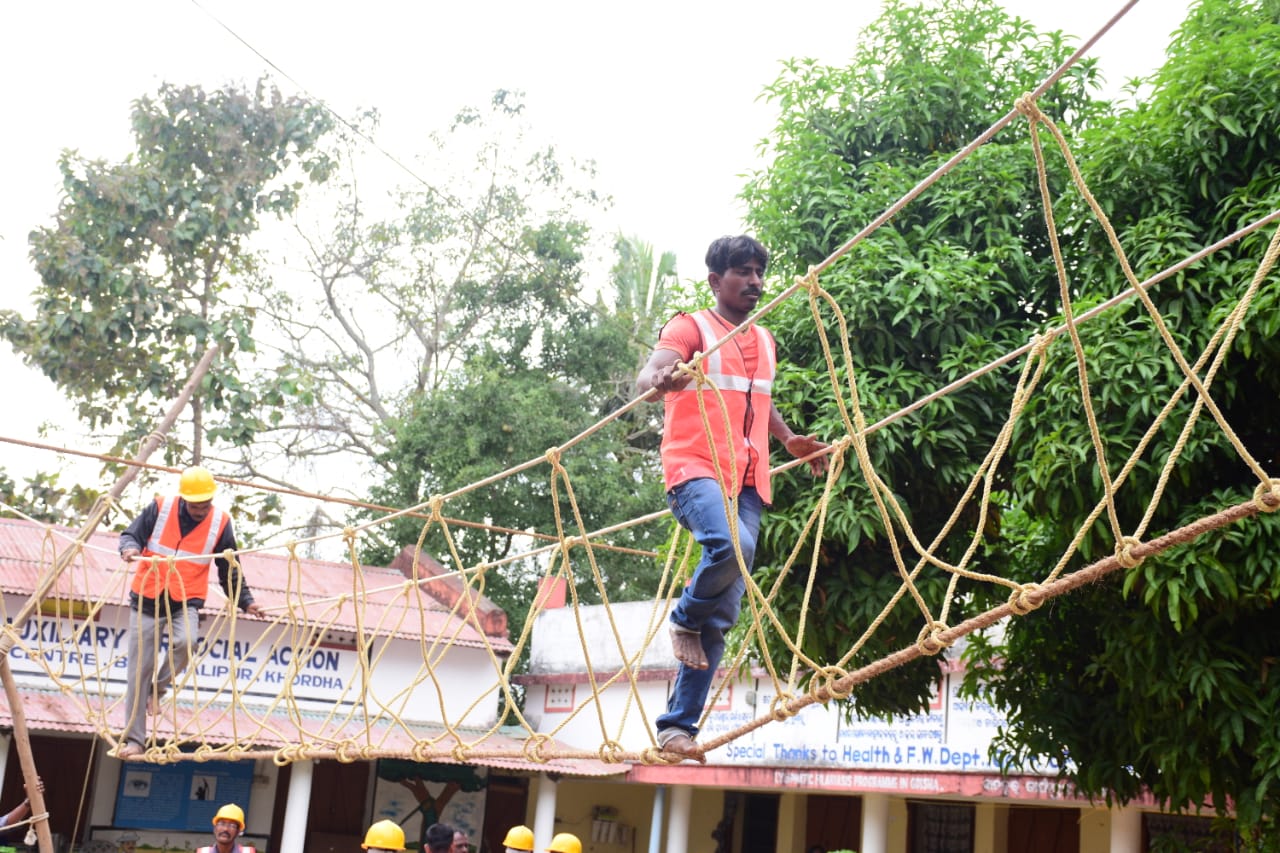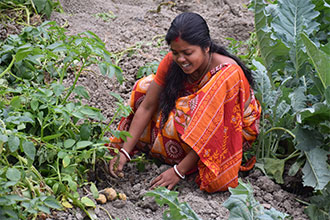CASA BLOGS

How to Alleviate Marginalized Groups in India: A Comprehensive Guide to the Down-and-Out
Poverty and its effects are one of the biggest challenges facing India today. One in every four Indians lives in poverty. And that number is only growing. The World Bank estimates that by 2021, the number of people in India living below the poverty line will increase to 280 million people — or nearly half the population. These figures show just how much work needs to be done in order to alleviate poverty in India, as well as other countries around the world. But what exactly is poverty? How do we measure it? What are some of the causes of poverty? How can we reduce its effects? Keep reading to find out everything you need to know about alleviating poor livelihood in India.
Poverty is a lack of economic security, a lack of resources to obtain goods and services necessary for survival and wellbeing. For example, this could mean that a person cannot afford nutritious food, shelter, health care, or education. Poverty is not just a lack of money. Although money is often a key factor in escaping poverty, it is not the only factor. It’s important to note that there is no universal definition of poverty. This means that the formula used to measure poverty varies from country to country. In order to properly measure poverty, economists use an absolute poverty line. This is a specific dollar amount below which individuals are considered to be below the poverty line. This amount is usually set based on average living standards in a given country. For example, the Indian government has set their poverty line at approximately $3 per day per person.
Measuring Poverty
There are three key terms that are often used when talking about poverty. These are: Poverty Gap, Headcount Ratio, and the Poverty Ratio. – The poverty gap is the difference between the poverty line and the average income or consumption of the individual. This is a measure of the intensity of poverty. – The headcount ratio measures the proportion of the population that is below the poverty line. It is used to determine the number of people suffering in the country. – The poverty ratio is the proportion of the average income of the marginalised compared to the poverty line. It is used to determine the depth of poor livelihood.
Causes of Poverty in India
There are a number of causes of poverty in India, including economic, political, and social factors. Economic factors include the burden of an unsustainable debt, low levels of savings and investment, and a reliance on agriculture for employment. Political factors include the lack of accountability of government officials and corruption in government. Social factors include the prevalence of caste discrimination and gender inequality. There are also global causes of poverty in India, such as climate change, natural disasters, and food and water insecurity. These factors affect all countries around the world, so they don’t solely explain poverty in India. But they do have an impact on the country.
Ways to Alleviate Poverty in India
There are a number of ways to alleviate poor livelihood in India. These include promoting economic growth, improving education, reducing government corruption, and reducing government debt. There are also specific programs that can help lift people out of poverty. They include subsidized housing, cash transfers, and targeted subsidies. Social safety nets can also help alleviate poverty in India. These include public employment programs, pension schemes, and food security programs.
What are the causes of poverty in India?
There are a number of causes of poverty in India. These include the burden of an unsustainable debt, low levels of savings and investment, and a reliance on agriculture for employment. There are also global causes of poor livelihood in India, such as climate change, natural disasters, and food and water insecurity. The Indian government has taken steps toward alleviating poverty in the country. It has implemented various social safety net programs, such as public employment programs, pension schemes, and food security programs. It has also increased funding for education, implemented a universal health care program, and taken steps to reduce government corruption.
Strategies to alleviate poverty
There are a number of ways to alleviate poverty in India. These include promoting economic growth, improving education, reducing government corruption, and reducing government debt. There are also specific programs that can help lift people out of poverty. They include subsidised housing, cash transfers, and targeted subsidies. Social safety nets can also help alleviate poverty in India. These include public employment programs, pension schemes, and food security programs. In order to properly measure poverty, economists use an absolute poverty line. This is a specific dollar amount below which individuals are considered below the poverty line. This amount is usually set based on average living standards in a given country. For example, the Indian government has set their poverty line at approximately $3 per day per person.
Conclusion
Poverty is a major problem facing India. It is important to understand what it is and why it exists. There are various causes of poverty in India, and different strategies can help alleviate poverty. By implementing these strategies, India and other countries can work toward ending poor livelihood once and for all.
 Previous Blog Post Providing Food Security and Nutrition To The Weaker Sections
Previous Blog Post Providing Food Security and Nutrition To The Weaker SectionsFeatured Post

Empowering Rural Education in India:
14 Mar 2024
Introduction: In the vast tapestry of India, education is the key to unlocking the door to a brighter future. However, the challenge of providing quality education to the rural parts of the country persists. In this blog post, we will delve into the crucial role that Non-Governmental Organizations (NGOs) play in bridging the educational gap […]

Empowering the Future: Disaster Management Training for School Children in Disaster-Prone Areas
22 Feb 2024
Introduction: In the face of increasing natural disasters worldwide, it becomes imperative to equip our younger generation with the knowledge and skills necessary to handle emergency situations. Children, being one of the most vulnerable groups during disasters, can greatly benefit from disaster management training. This blog explores the significance of imparting such training, with a […]

Empowering Women: Transforming Lives Through Sustainable Livelihoods in Rural India
16 Feb 2024
Introduction: In the heart of rural India, a silent revolution is taking place as women embrace newfound opportunities for sustainable livelihoods. This transformation not only uplifts individual lives but also contributes to the overall development of communities. At [Your Organization’s Name], we are committed to driving positive change by providing women in rural India with […]



